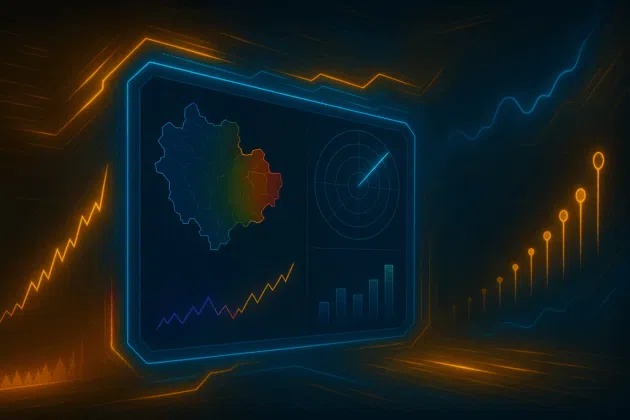-
Benchmarking KDB-X vs QuestDB, ClickHouse, TimescaleDB and InfluxDB with TSBS
14 November, 2025
-

GPU acceleration in KDB-X: Supercharging as-of joins and sorting
6 November, 2025
-

KX wins a-team insight’s AI in capital markets award for best AI solution in high-performance data processing
14 October, 2025
-

Force multiplier: Unlocking the strategic value of Defence data at speed and scale
29 September, 2025
-

Tutorial: Hybrid search with BM25 in KDB-X AI libraries
24 September, 2025
-
Mastering data in Defence: Turning information overload into strategic advantage
22 September, 2025
-
Tutorial: Fuzzy filters for symbol changes with KDB-X AI-Libs
17 September, 2025
-
Unlock real-time market intelligence with KDB-X MCP server
12 September, 2025
-
The AI horizon and the human factor in FX trading
2 September, 2025
-
From insight to impact: Unlocking defence data with real-world use cases
1 September, 2025
-
AI scalability is a tightrope. Can your firm keep its balance?
29 August, 2025
-
Tutorial: Dynamic time warping (DTW) with KDB-X
28 August, 2025

Inside KDB-X: Modules, performance, and next-gen developer experience
The KX product team take a look under the hood of KDB-X GA and explore how this release expands what developers can build, connect, and deploy with KX technology.











